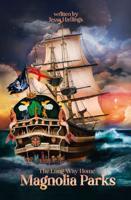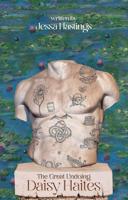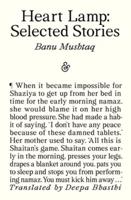Publisher's Synopsis
Please note that the content of this book primarily consists of articles available from Wikipedia or other free sources online. Commentary (music and lyrics not included). Pages: 43. Chapters: The Rise and Fall of Ziggy Stardust and the Spiders from Mars, Station to Station, Raw Power, Aladdin Sane, Low, Scary Monsters, Outside, The Idiot, Diamond Dogs, Hunky Dory, Sound ] Vision, Lodger, Lust for Life, "Heroes," Never Let Me Down, Pin Ups, Black Tie White Noise, When the Wind Blows, Ziggy Stardust: The Motion Picture, Young Americans, Earthling, 'Hours...', The Buddha of Suburbia, Transformer, Heathen, Let's Dance, All the Young Dudes, Blah Blah Blah, Tonight, All Saints, The Best of David Bowie 1969/1974, The Best of Bowie, Christiane F., TV Eye Live 1977, Labyrinth. Excerpt: Station to Station is the tenth studio album by English musician David Bowie, released by RCA Records in 1976. Commonly regarded as one of his most significant works, Station to Station is also notable as the vehicle for Bowie's last great 'character', The Thin White Duke. The album was recorded after he completed shooting Nicolas Roeg's The Man Who Fell to Earth, and the cover featured a still from the movie. During the sessions Bowie was heavily dependent on drugs, especially cocaine, and recalls almost nothing of the production. Musically, Station to Station was a transitional album for Bowie, developing the funk and soul music of his previous release, Young Americans, while presenting a new direction towards synthesisers and motorik rhythms that was influenced by German electronic bands such as Kraftwerk and Neu!. This trend would culminate in some of his most acclaimed work, the so-called Berlin Trilogy, recorded with Brian Eno in 1977-79. Bowie himself has said that Station to Station was "a plea to come back to Europe for me." The album's lyrics, meanwhile, reflected his preoccupations with Nietzsche, Aleister Crowley, mythology and religion. With its blend of funk and...























